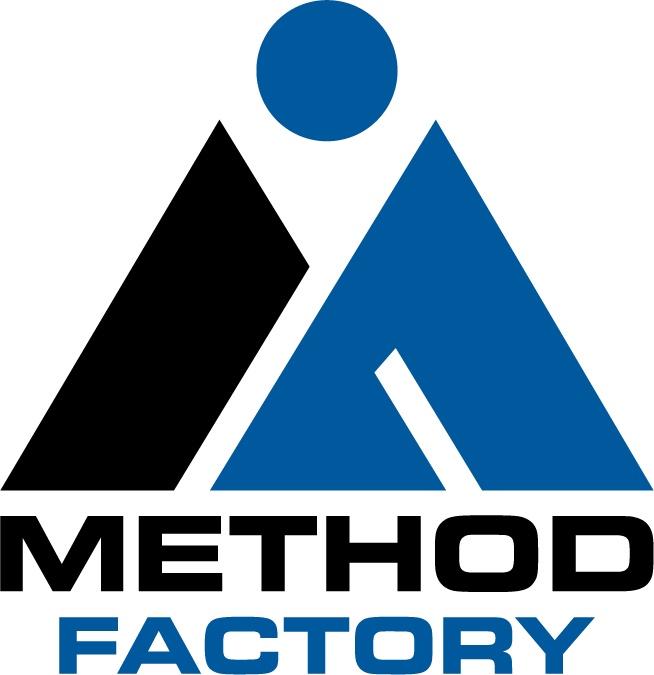Applied AI is the practical use of artificial intelligence to solve real-world business problems. Traditional AI focuses more on theory, research, and building the algorithms behind those tools. The difference is simple: applied AI delivers immediate business outcomes, while traditional AI builds the foundations.
What Is Applied AI?
Applied AI takes the power of machine learning, computer vision, and natural language processing and puts it to work in ways that impact people and organizations right now.
Its goal is to create solutions that solve specific, real-world problems. Businesses use applied AI to improve efficiency, reduce costs, and uncover insights they couldn’t reach with traditional methods.
Examples of applied AI in action:
-
Fraud detection in banking and financial services
-
Predictive maintenance in manufacturing and logistics
-
Customer service automation through chatbots and voice assistants
-
Quality control in production lines using computer vision
In every case, applied AI bridges the gap between cutting-edge technology and measurable business results.
What Is Traditional AI?
Traditional AI, sometimes called narrow AI, focuses on developing the theories, algorithms, and models that power artificial intelligence. It is the foundation behind applied AI but is not directly tied to immediate outcomes.
Its purpose is to mimic human intelligence in tasks like reasoning, decision-making, and data classification. Researchers and developers build frameworks that businesses can later use in applied settings.
Examples of traditional AI include:
-
Pattern recognition models for data analysis
-
Algorithms that classify emails as spam or safe
-
Early expert systems that follow predefined rules
Traditional AI is critical to advancing the field, but it is more about exploration and less about solving immediate business challenges.
Why Applied AI Matters for Businesses
For most organizations, the value lies in applied AI. It is what helps companies become more efficient, resilient, and customer-focused.
At MethodFactory, we see this every day. Our team works with clients to design AI-powered systems that are not only innovative but also aligned with business objectives. That means reducing downtime in operations, increasing customer satisfaction, or finding new ways to generate revenue.
Applied AI is not just a technology trend. It is a competitive advantage for companies that want to stay ahead in fast-moving industries.
Local Impact: Applied AI in Action
Applied AI is already reshaping everyday industries, including those right here in our community.
-
Realtors use AI-powered tools to analyze housing market trends, predict property values, and automate client communications.
-
Restaurants rely on AI-driven systems for smart reservation management, personalized promotions, and even inventory forecasting to cut waste.
-
State bar associations apply AI to manage member services, streamline document review, and deliver faster access to legal resources.
-
Pool companies benefit from predictive maintenance tools that monitor water quality, track equipment performance, and reduce costly downtime.
These examples show how applied AI isn’t abstract or futuristic. It’s already delivering measurable results in the industries we serve every day.
Moving Forward with Applied AI
Applied AI transforms how businesses operate, innovate, and grow. While traditional AI lays the groundwork, it is applied AI that delivers value in the here and now.
At MethodFactory, we help organizations adopt AI solutions that are practical, scalable, and aligned with their goals. Whether you’re exploring automation, predictive analytics, or new digital experiences, applied AI can be your next step forward.
Frequently Asked Questions
-
Can a junior developer work with AI code generators effectively?
Only if they are under direct senior supervision. By “junior,” we don’t just mean less experienced. We mean someone who doesn’t ask for help, doesn’t follow procedures, and struggles with debugging and testing. Left unsupervised, these behaviors combined with AI can multiply bad code and embed serious architectural flaws. With senior oversight, though, juniors can use AI as a learning tool while contributing safely. -
How should a non-technical founder use AI coding assistants?
Only as prototyping tools, never as production solutions. Always engage a senior developer to validate architecture and finalize code. -
What’s the best workflow with AI code generators?
Use them for speed, scaffolding, drafting, and generating, but pair them with human oversight for architecture, debugging, and polish. -
Are these tools better at frontend or backend development?
They handle frontend scaffolding (HTML, CSS, React) well, but struggle with complex backend logic and long-term architectural consistency. -
What makes a true senior developer or architect effective with AI code generators?
Senior developers and architects combine technical depth with leadership discipline. They follow established procedures, design with scalability in mind, and know when to override AI-generated solutions. Most importantly, they have strong debugging instincts, clear documentation habits, and the foresight to anticipate downstream effects. These qualities make them effective leaders of AI-assisted coding projects.
Align SEO, AEO, and GEO to become both the answer and the trusted source.
